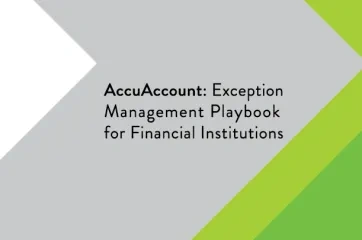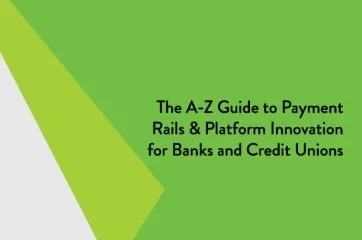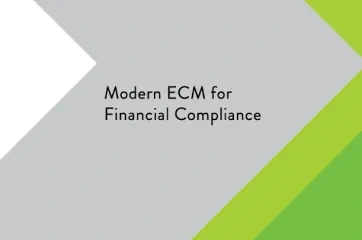Entity documents are used by banks and credit unions for several purposes, such as:
- Verifying that a business or organization exists
- Ensuring that necessary documents have been properly filed by the entity
- Determining which individuals have the authority to establish an account or apply for a commercial loan on behalf of the entity
Examples of Entity Documents
Entity documents may vary based on the type of organization. For example, these may include:
- Articles of incorporation and bylaws for a corporation
- Articles of organization and an operating agreement for a limited liability company (LLC)
Additionally, authority documents may specify who can grant collateral and sign for a loan, as well as how many authorized borrowers’ signatures are needed to consummate the loan. The documents are typically filed with the Secretary of State in the state in which the entity was formed.
Check with your legal and compliance teams for clarity on what types of entity documents are necessary for each type of organization.
Initial & Ongoing Entity Document Tracking for Commercial Loans
When a business initially applies for a commercial loan, the bank or credit union confirms that the applicant represents a legal entity. The applicant is asked to supply necessary entity documentation (as noted above). The financial institution also conducts a search with the pertinent Secretary of State to confirm that the entity is in good standing.
Because states mandate that entities must renew their standing from time to time, banks and credit unions usually perform ongoing entity document monitoring as well. Processes vary from institution to institution but may include:
- Searching the business records of their respective Secretary of State to ensure that the entity has not dissolved
- Requiring updated operating agreements or bylaws from commercial customers and members
- Requiring proof that commercial loan borrowers filed their renewal documents with the Secretary of State to continue the entity and business name
Commercial Loan Management Resources
For more information about commercial loan management in the banking industry, be sure to check out our extensive resource library with free spreadsheets, whitepapers, and eBooks.
Browse our banking definitions page for more terminology.







